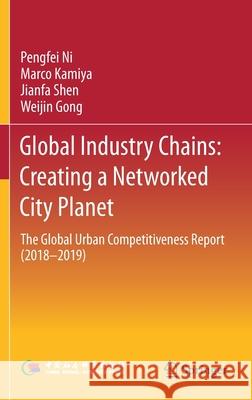Global Industry Chains: Creating a Networked City Planet: The Global Urban Competitiveness Report (2018-2019) » książka
topmenu
Global Industry Chains: Creating a Networked City Planet: The Global Urban Competitiveness Report (2018-2019)
ISBN-13: 9789811620577 / Angielski / Twarda / 2021 / 632 str.
Global Industry Chains: Creating a Networked City Planet: The Global Urban Competitiveness Report (2018-2019)
ISBN-13: 9789811620577 / Angielski / Twarda / 2021 / 632 str.
cena 563,56
(netto: 536,72 VAT: 5%)
Najniższa cena z 30 dni: 539,74
(netto: 536,72 VAT: 5%)
Najniższa cena z 30 dni: 539,74
Termin realizacji zamówienia:
ok. 22 dni roboczych.
ok. 22 dni roboczych.
Darmowa dostawa!
Kategorie:
Kategorie BISAC:
Wydawca:
Springer
Język:
Angielski
ISBN-13:
9789811620577
Rok wydania:
2021
Wydanie:
2021
Ilość stron:
632
Waga:
1.07 kg
Wymiary:
23.39 x 15.6 x 3.51
Oprawa:
Twarda
Wolumenów:
01
Dodatkowe informacje:
Wydanie ilustrowane











